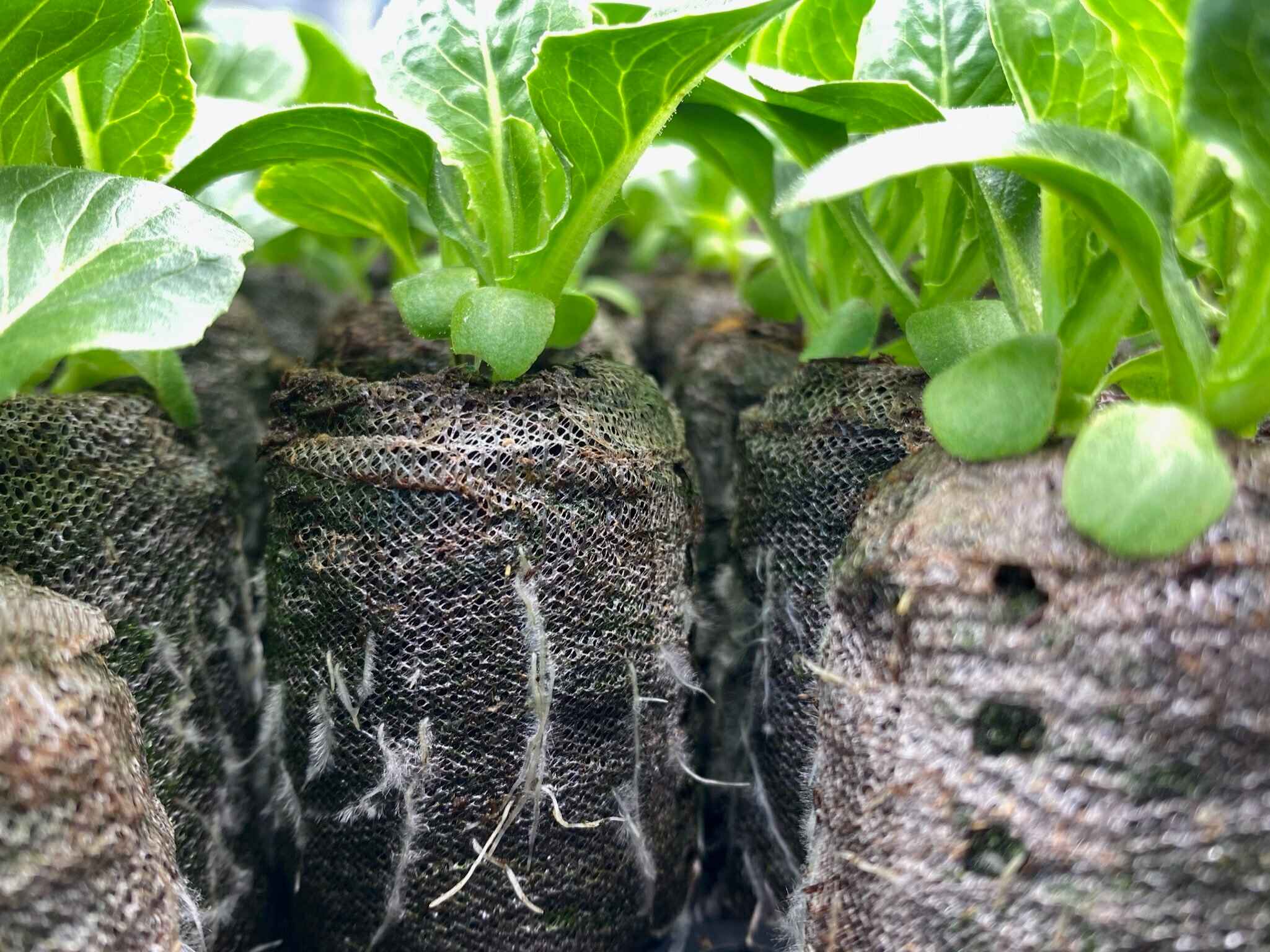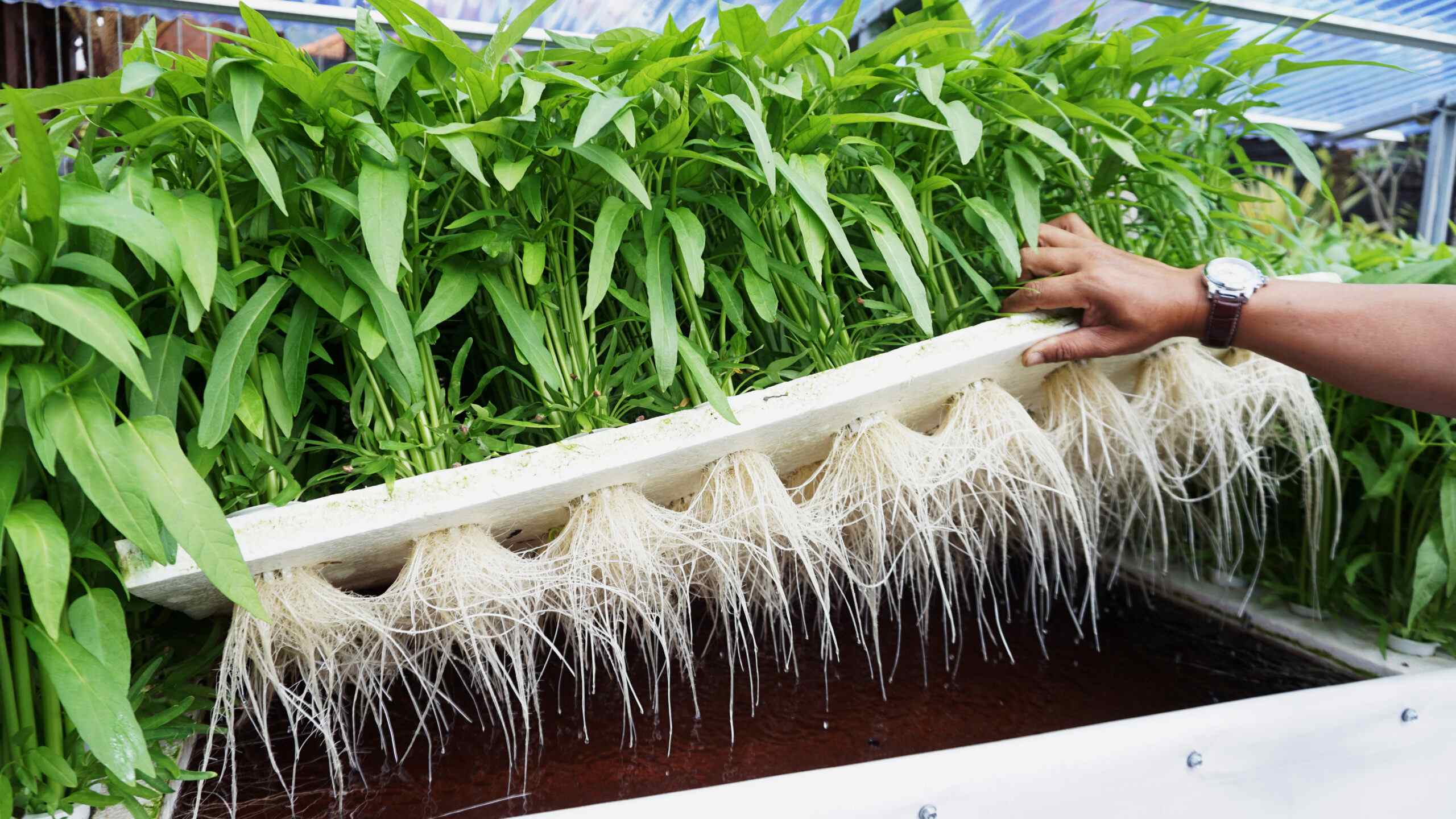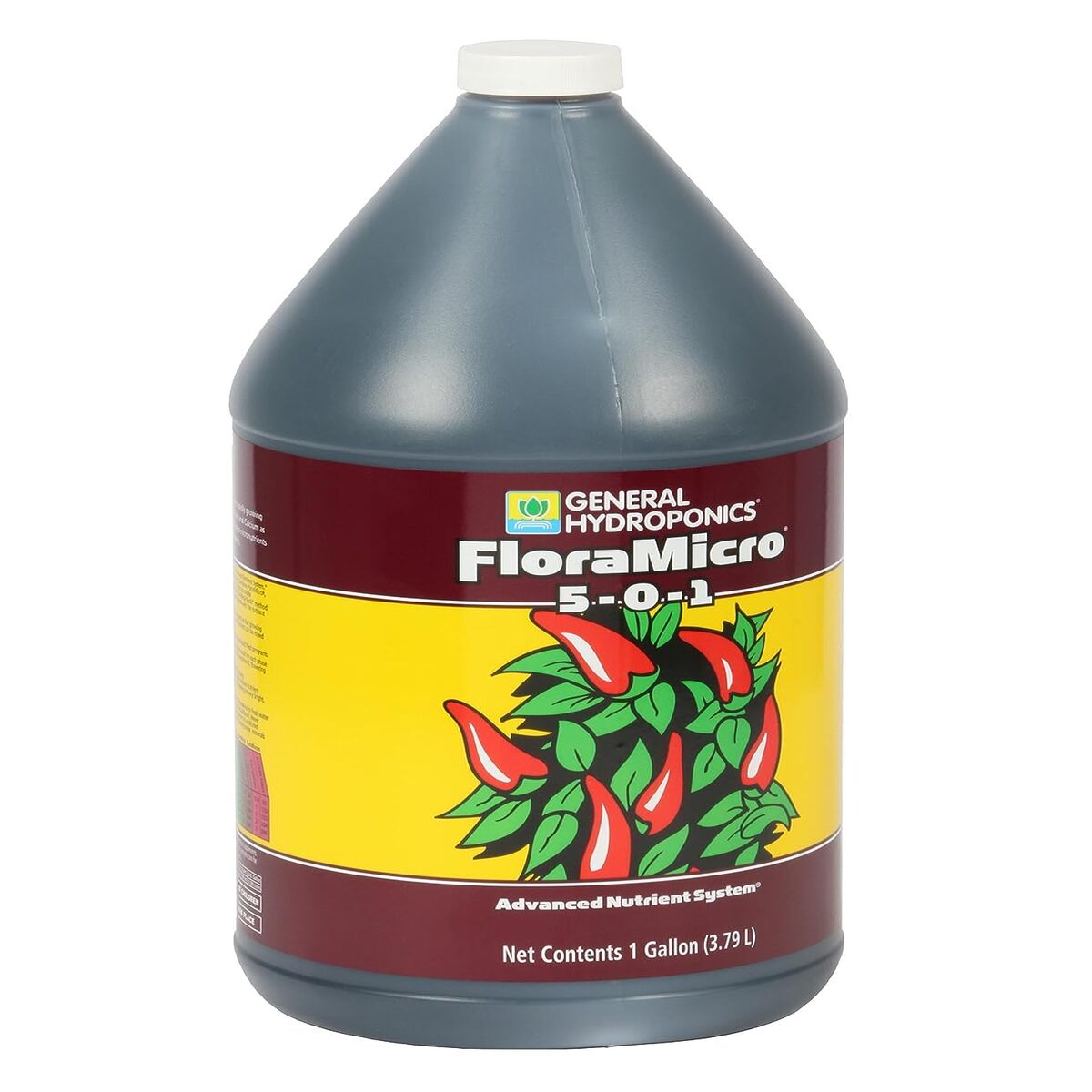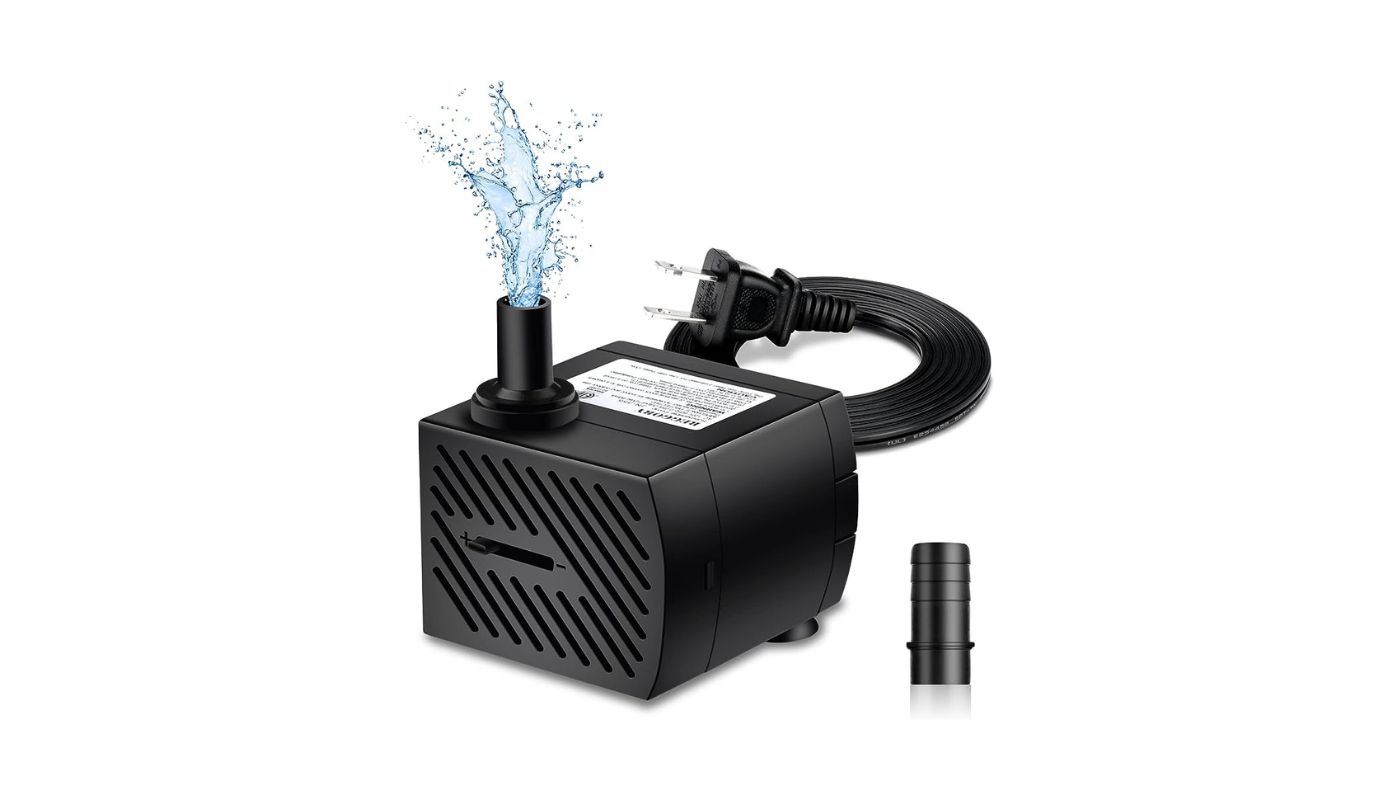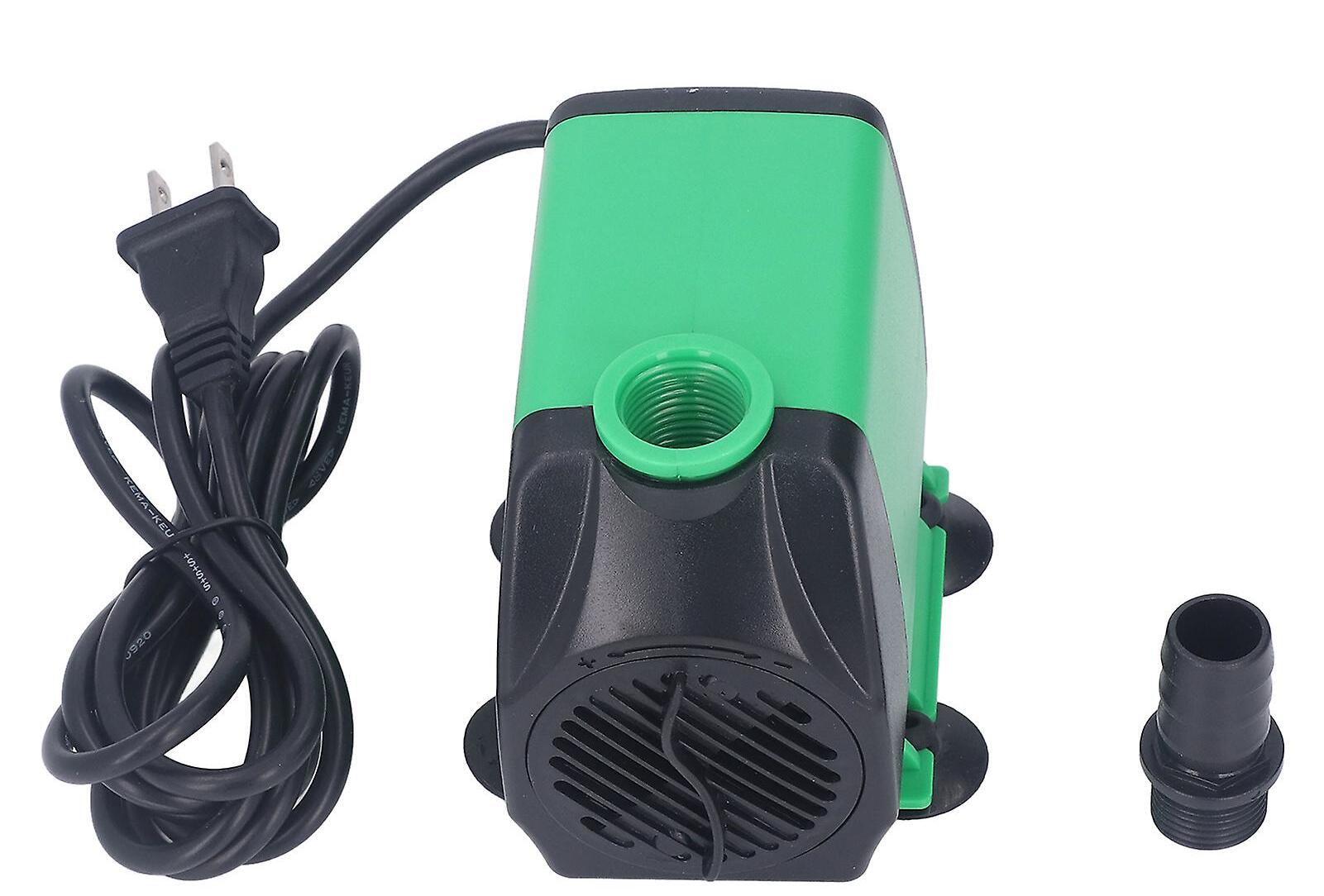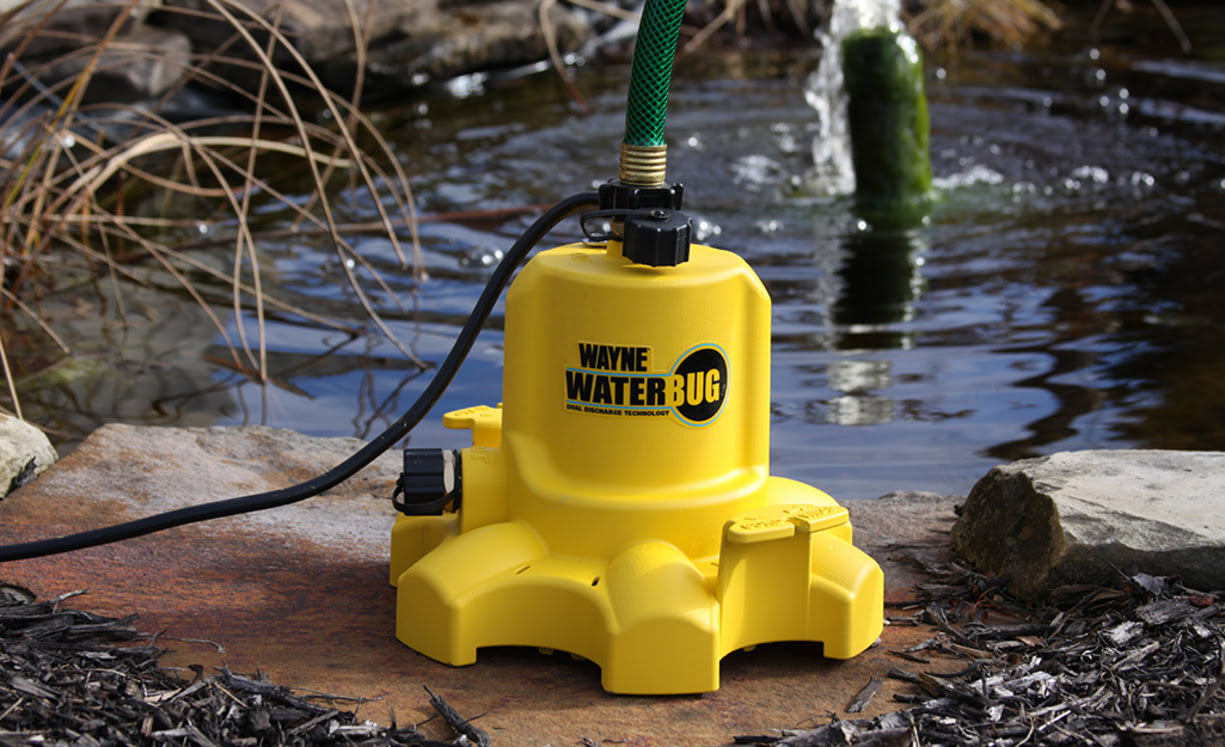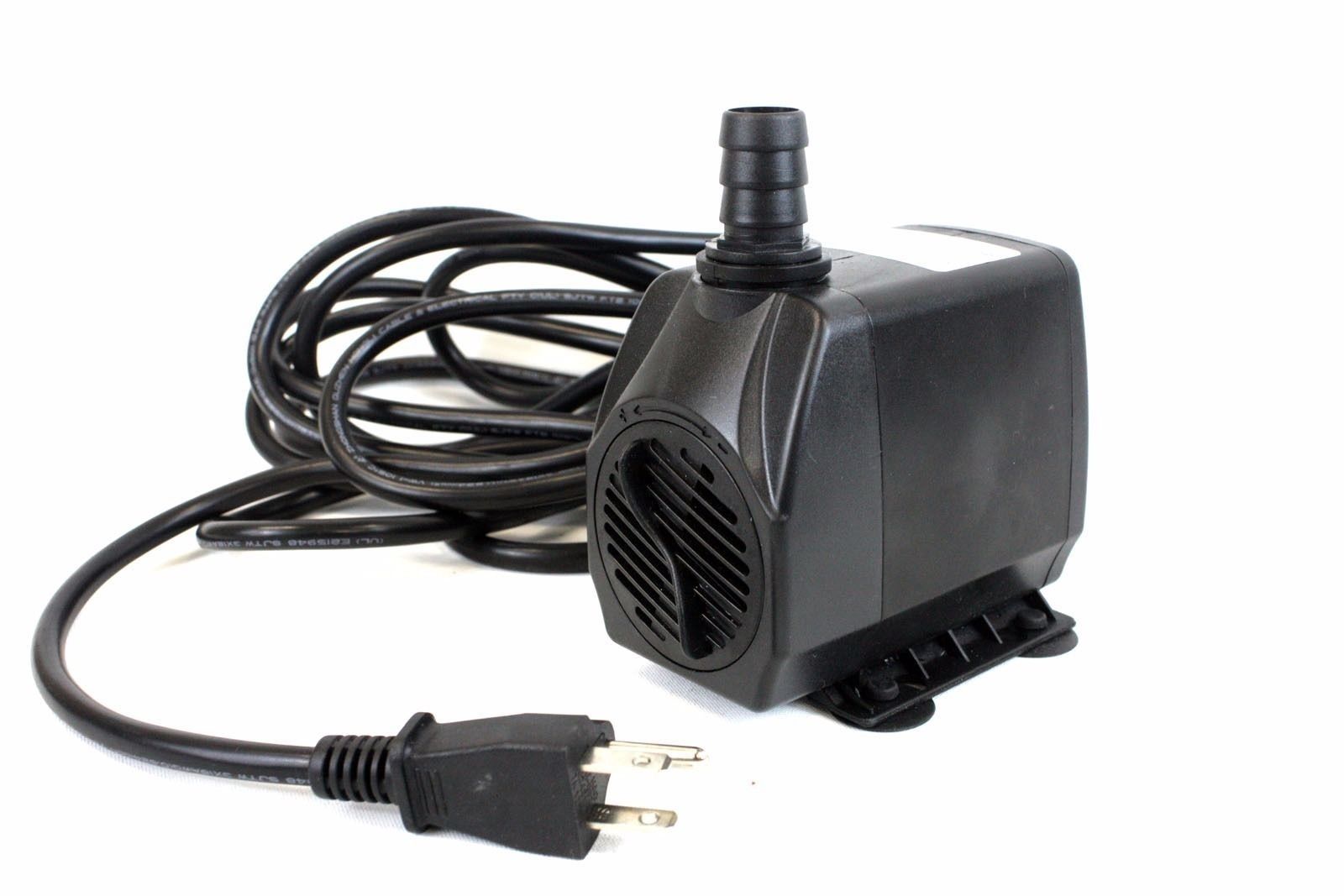Home>Gardening Tips and Tricks>Eco-Friendly Gardening>What Size Air Pump To Use For Hydroponics


Eco-Friendly Gardening
What Size Air Pump To Use For Hydroponics
Published: September 22, 2023
Discover the perfect size air pump for your eco-friendly hydroponic garden. Get tips and recommendations for efficient and sustainable gardening.
(Many of the links in this article redirect to a specific reviewed product. Your purchase of these products through affiliate links helps to generate commission for Chicagolandgardening.com, at no extra cost. Learn more)
Table of Contents
Introduction
Welcome to the world of hydroponics, where innovative gardening techniques meet sustainability and environmental consciousness. Hydroponics is a method of growing plants without soil, using nutrient-rich water as a substitute. With the growing interest in eco-friendly practices, hydroponics has become increasingly popular among gardening enthusiasts.
One crucial component of a successful hydroponic system is the air pump. The air pump plays a vital role in oxygenating the nutrient solution, ensuring that your plants receive the necessary oxygen for root growth and overall health. By providing a constant flow of oxygen to the roots, air pumps enhance nutrient absorption and prevent the accumulation of harmful gases such as carbon dioxide.
Choosing the right size air pump for your hydroponic system is crucial to maximize its efficiency and ensure optimal plant growth. In this article, we will explore the factors to consider when selecting the appropriate air pump size, discuss the benefits of using the correct size air pump, and troubleshoot common issues that may arise with air pumps in hydroponics.
Whether you are a seasoned hydroponic gardener or just starting out, understanding the role of air pumps and finding the right size for your system will help you create an eco-friendly garden that thrives. So, let’s dive in and explore the world of air pumps in hydroponics.
Understanding the Role of Air Pumps in Hydroponics
Before delving into the importance of choosing the right size air pump, it is essential to understand the crucial role air pumps play in hydroponics. In a soil-based garden, roots can access oxygen naturally through the air pockets present in the soil. However, in a hydroponic system, the absence of soil means that oxygen needs to be supplied artificially.
An air pump, coupled with an air stone or diffuser, helps to oxygenate the nutrient solution in your hydroponic system. The air pump uses a diaphragm or piston to create air pressure, which forces air through the air stone or diffuser. As the air flows through these devices, it breaks the water into fine bubbles. These bubbles rise to the surface, releasing oxygen into the water and creating a continuous flow of fresh oxygen for the roots.
The oxygen-rich environment provided by the air pump is essential for several reasons. Firstly, oxygen is crucial for root respiration, allowing the roots to convert stored energy into essential nutrients and growth substances. Adequate oxygen levels also prevent the growth of pathogens and harmful bacteria that thrive in stagnant water, contributing to healthier plants.
Furthermore, oxygen availability directly affects nutrient uptake efficiency. When roots are properly oxygenated, they can absorb essential nutrients more effectively, leading to faster growth and increased yields. Insufficient oxygen can lead to root suffocation, nutrient deficiencies, and ultimately, plant failure.
Additionally, air pumps help to circulate the nutrient solution, preventing it from becoming stagnant. Stagnant water can lead to the buildup of harmful gases, such as carbon dioxide, which can negatively impact plant health. The continuous flow of oxygen-rich bubbles from the air pump ensures the efficient exchange of gases, maintaining an optimal environment for plant growth.
Overall, air pumps in hydroponics are crucial for maintaining a healthy and thriving garden. They provide the necessary oxygen to the roots, enhance nutrient absorption, prevent the growth of harmful pathogens, and promote the overall well-being of your plants. Now that we understand the importance of air pumps, let’s explore the factors that should be considered when selecting the right size for your hydroponic system.
Factors to Consider When Choosing the Right Size Air Pump
When it comes to selecting the appropriate size air pump for your hydroponic system, several factors need to be taken into consideration. Choosing the right size ensures that your plants receive ample oxygen while avoiding unnecessary energy consumption or noise. Here are the key factors to keep in mind:
- System Size: The size of your hydroponic system is one of the primary considerations when choosing an air pump. Larger systems, with more water volume and more plants, will require a more powerful air pump to provide sufficient oxygenation. Smaller systems or individual plant setups may only require a smaller air pump.
- Number of Air Stones: The number of air stones or diffusers in your system will also impact the size of the air pump needed. Each air stone requires a certain rate of air flow to effectively oxygenate the water. Therefore, if you have multiple air stones, you will need a larger air pump to distribute air evenly among them.
- Depth of Water: The depth of water in your hydroponic system plays a role in determining the size of the air pump. Deeper water requires more air pressure to push the oxygen bubbles to the surface effectively. If your system has a deeper water reservoir, you may need a more powerful air pump to ensure sufficient oxygenation.
- Plant Type and Growth Stage: Different plant species and growth stages have varying oxygen requirements. Some plants, such as lettuce or herbs, have lower oxygen needs compared to plants with extensive root systems, like tomatoes or cucumbers. Consider the specific oxygen demands of your plants when selecting an appropriate air pump size.
- Noise Level: Air pumps can generate noise during operation, and this may be a concern, especially if you have your hydroponic system in a living space or near sleeping areas. Smaller air pumps tend to be quieter, while larger, more powerful ones may produce more noise. Balance your oxygenation needs with your noise tolerance to find the optimal size for your situation.
It’s important to carefully assess these factors and strike the right balance to ensure optimal oxygenation in your hydroponic system. Choosing an air pump that aligns with these considerations will help create an efficient and effective oxygenation system for your plants. In the next section, we will dive deeper into how to determine the appropriate air pump size for your specific hydroponic setup.
Determining the Appropriate Air Pump Size for Your Hydroponic System
Choosing the right size air pump for your hydroponic system involves considering the specific requirements of your plants and the characteristics of your setup. Here are some steps to determine the appropriate air pump size:
- Assess Your System Size: Determine the volume of water in your hydroponic system. Measure the length, width, and depth of the reservoir or container. Multiply these measurements together to calculate the system’s total water volume.
- Consider Oxygenation Needs: Different plants have varying oxygen requirements. Leafy greens and herbs generally require less oxygen compared to plants with larger root systems, like tomatoes or peppers. Research the specific oxygenation needs of your chosen plants to ensure you provide sufficient oxygen for their optimal growth.
- Calculate Pump Capacity: As a general rule of thumb, aim for an air pump that can provide at least 0.35 to 0.5 liters of air per minute (LPM) per gallon of water in your system. Multiply the system’s water volume by the desired air flow rate to determine the minimum air pump capacity in LPM or gallons per minute (GPM).
- Account for Air Stone or Diffuser: Consider the number and type of air stones or diffusers you plan to use. Each air stone will require a certain flow rate to effectively distribute oxygen. Ensure that the selected air pump can supply enough air flow to accommodate all the air stones in your system.
- Choose a Suitable Air Pump: Based on your calculations, choose an air pump that meets or slightly exceeds the required air flow rate. You may opt for an adjustable air pump that allows you to regulate the air flow, ensuring you can meet the changing needs of your plants as they grow.
Keep in mind that these calculations provide a general guideline. Factors such as the temperature of the water, oxygen demand of the plants, and specific system dynamics can influence the actual air pump size needed. It is always recommended to consult the manufacturer’s specifications and guidelines for the air pump to ensure proper oxygenation.
By taking the necessary steps to determine the appropriate air pump size, you can provide your hydroponic plants with the oxygen they need for healthy growth and maximize their potential. In the next section, we will explore the benefits of using the correct size air pump in your hydroponic system.
Benefits of Using the Correct Size Air Pump
Using the correct size air pump in your hydroponic system offers several benefits that contribute to the overall success of your gardening endeavors. Let’s explore the advantages of using the right size air pump:
- Optimal Oxygenation: By choosing the appropriate size air pump, you ensure that your plants receive the optimal amount of oxygen for their growth. Sufficient oxygenation enhances root health, nutrient absorption, and overall plant vigor.
- Prevention of Root Suffocation: Insufficient oxygen in the root zone can lead to root suffocation, stunted growth, and nutrient deficiencies. Using the correct size air pump helps prevent these issues by providing a continuous flow of oxygen to the roots, promoting healthy development and preventing root rot.
- Improved Nutrient Uptake: When plants have access to abundant oxygen, their ability to absorb essential nutrients from the nutrient solution is enhanced. This results in healthier plants with increased growth rates, stronger yields, and improved overall plant vitality.
- Reduction in Harmful Gas Buildup: Stagnant water can lead to the accumulation of harmful gases, such as carbon dioxide and ethylene, which can negatively impact plant health. Using the correct size air pump promotes the exchange of gases and minimizes the buildup of these harmful substances, creating a healthier environment for your plants.
- Enhanced Disease Resistance: Proper oxygenation plays a significant role in promoting strong immune systems in plants. When plants receive sufficient oxygen, they are better equipped to fend off diseases and infections, leading to robust, resilient plants.
- Eco-Friendly Gardening: An appropriately sized air pump ensures efficient oxygenation without unnecessary energy consumption. By using the right size air pump, you minimize energy waste, reduce your carbon footprint, and promote eco-friendly gardening practices.
Overall, using the correct size air pump in your hydroponic system is vital for creating an optimal growing environment for your plants. The increased oxygenation, improved nutrient uptake, and prevention of root suffocation contribute to healthier, more vigorous plants with higher yields. Moreover, using the right size air pump promotes sustainability and eco-consciousness in your gardening practices.
Now that we have explored the benefits of using the correct size air pump, let’s address some common issues that you may encounter with air pumps in hydroponics and how to troubleshoot them.
Troubleshooting Common Issues with Air Pumps in Hydroponics
While air pumps are essential for oxygenating the nutrient solution in your hydroponic system, they can sometimes encounter problems that affect their performance. Here are some common issues you may encounter with air pumps in hydroponics and how to troubleshoot them:
- Noisy Operation: If your air pump is producing excessive noise, it may be due to vibrations caused by the pump’s movement. Placing the pump on a soft surface, like a foam pad, can help dampen vibrations and reduce noise.
- Insufficient Air Flow: If you notice a decrease in air flow from your air pump, check if the air stone or diffuser is clogged. Over time, mineral deposits or debris can clog the air outlets. Clean or replace the air stones regularly to ensure adequate air flow.
- Inconsistent Bubbling: If the bubbles produced by your air pump and air stone are inconsistent or irregular, it may indicate a problem with the air pump’s diaphragm or piston. Check for any signs of damage or wear and replace the faulty part if necessary.
- Overheating: Air pumps generate heat during operation, but excessive heat can cause damage to the pump’s internal components. Ensure that your air pump is placed in a well-ventilated area to dissipate heat. If you notice that your air pump is excessively hot, consider replacing it with a more efficient model.
- Power Interruptions: Power outages or fluctuations can disrupt the operation of your air pump. Consider using a backup power source, such as a battery-powered air pump or an uninterruptible power supply (UPS), to ensure continuous oxygenation during power failures.
- Poor Oxygenation: If you notice that your plants are not receiving sufficient oxygen despite having the right size air pump, double-check the air stones or diffusers. Ensure that they are properly positioned and not blocked by debris or plant roots. You may also consider adding additional air stones to improve oxygen distribution.
Remember to regularly inspect and maintain your air pump to prevent potential issues from arising. Clean the air pump, check for any signs of wear or damage, and replace any faulty components promptly.
By troubleshooting common air pump issues and ensuring optimal operation, you can maintain a healthy and thriving hydroponic system. Now that we have explored troubleshooting, let’s summarize the key points discussed in this article.
Conclusion
In conclusion, air pumps play a crucial role in oxygenating the nutrient solution and promoting healthy plant growth in hydroponics. By choosing the right size air pump for your system, you can ensure optimal oxygenation and nutrient uptake, while preventing root suffocation and the buildup of harmful gases.
When selecting the appropriate air pump size, consider factors such as system size, the number of air stones, depth of water, plant type, and noise level. Carefully calculating the required air flow rate and choosing a suitable air pump will create an efficient oxygenation system for your plants.
Using the correct size air pump offers numerous benefits, including enhanced oxygenation, improved nutrient uptake, prevention of root suffocation, reduction in harmful gas buildup, enhanced disease resistance, and eco-friendly gardening practices. By providing your plants with the optimal oxygen supply, you can cultivate healthier, more resilient plants with higher yields.
If you encounter any issues with your air pump, such as noise, insufficient air flow, inconsistent bubbling, overheating, power interruptions, or poor oxygenation, troubleshooting techniques like cleaning air stones, checking for damage, and ensuring proper positioning can help resolve the problem.
Remember to regularly maintain and inspect your air pump to prevent potential issues and optimize its performance. By incorporating air pumps of the appropriate size and troubleshooting any problems that arise, you can create a thriving hydroponic garden that fosters sustainable and eco-friendly gardening practices.
So, go ahead and embrace the power of properly sized air pumps in your hydroponic system, and enjoy the benefits of healthier plants and bountiful harvests.
